ALSO BY DON KEITH
Torpedo Run
Only the Brave
Arabian Storm
Cuban Deep
Fast Attack
Hunter Killer
The Indestructible Man
Dream On
Dial Dancing
Dangerous Grounds
The Ship That Wouldnt Die
The Amateur Radio Dictionary
Get on the Air... Now!
Mattie C.s Boy
The Spin
Firing Point
Riding the Shortwaves
Undersea Warrior
On the Road to Kingdom Come
We Be Big
War Beneath the Waves
The Ice Diaries
Final Patrol
The Bear
In the Course of Duty
Gallant Lady
Final Bearing
The Forever Season

an imprint of Penguin Random House LLC
penguinrandomhouse.com

Copyright 2022 by Don Keith
Penguin Random House supports copyright. Copyright fuels creativity, encourages diverse voices, promotes free speech, and creates a vibrant culture. Thank you for buying an authorized edition of this book and for complying with copyright laws by not reproducing, scanning, or distributing any part of it in any form without permission. You are supporting writers and allowing Penguin Random House to continue to publish books for every reader.
DUTTON and the D colophon are registered trademarks of Penguin Random House LLC.
Images from U.S. Air Force
library of congress cataloging-in-publication data
Names: Keith, Don, 1947author.
Title: Chuck Yeager: World War II fighter pilot / Don Keith.
Description: [New York]: Dutton Caliber, [2022]
Identifiers: LCCN 2022026325 (print) | LCCN 2022026326 (ebook) | ISBN 9780593187272 (trade paperback) | ISBN 9780593187289 (ebook)
Subjects: LCSH: Yeager, Chuck, 19232020. | United States. Army Air Forces. Fighter Squadron, 363rdBiography. | Fighter pilotsUnited StatesBiography. | Mustang (Fighter plane). | World War, 19391945CampaignsWestern Front. | World War, 19391945Aerial operations, American. | World War, 19391945Regimental historiesUnited States.
Classification: LCC D790.262 363rd 2022 (print) | LCC D790.262 363rd (ebook) | DDC 940.54/4973092 [B]dc23/eng/20220630
LC record available at https://lccn.loc.gov/2022026325
LC ebook record available at https://lccn.loc.gov/2022026326
Cover design by Jason Booher
Cover photo courtesy San Diego Air and Space Museum Archive
pid_prh_6.0_141971234_c0_r0

CONTENTS

PROLOGUE
All I know is I worked my tail off learning to fly. If there is such a thing as the right stuff in piloting, then it is experience. The secret to my success was that somehow I always managed to live to fly another day.
Charles E. Chuck Yeager
For a stretch of more than sixty years, Charles Elwood Yeager was one of the more recognized figures on the planet. He was a regular guest on television, including appearances on Whats My Line?, This Is Your Life, The Tonight Show Starring Johnny Carson, and The David Letterman Show, and even had brief camera time in sitcoms, such as I Dream of Jeannie. He was featured in scores of commercials and print ads for General Motors and ACDelco. He made cameo appearances in such movies as The Right Stuff (in which he also did most of the flying and had a bit part as the bartender at a watering hole frequented by Air Force test pilots) and in Smokey and the Bandit II. His real-world experiences as a daring and colorful test pilot were featured in both the nonfiction work The Right Stuff by Tom Wolfe and the movie of the same name based on the book. Yeager was portrayed in the film by actor Sam Shepard, who received an Academy Award nomination as Best Supporting Actor for his interpretation. (Shepard was the son of a US Army officer and World War II bomber pilot but also had a well-publicized fear of flying.) Yeager himself had almost three dozen film credits.
Yeager twice drove the pace car to start the Indianapolis 500 motor race. He served as consultant for three flight simulator video games, each of which bore his name in their titles. One became Electronic Arts best-selling video game of 1987. On a more serious note, President Ronald Reagan appointed Yeager to the Rogers Commission, tasked with investigating the space shuttle Challenger disaster in January 1986.
President Gerald Ford presented him with the Congressional Silver Medal, generally considered to be the noncombat equivalent to the Medal of Honor. He was inducted into the National Aviation Hall of Fame, the International Air & Space Hall of Fame, the California Hall of Fame, and the Aerospace Walk of Honor.
In his home state of West Virginia, the airport at Charleston was dubbed Yeager Airport, and the Interstate 77 bridge over the Kanawha River was also named in his honor. Several stretches of highway around the state also bear his name. And though he never attended college, Marshall University dubbed its top academic scholarship program the Society of Yeager Scholars.
He was also a best-selling author. His life story, Yeager: An Autobiography, was a long-term success, as was a follow-up book, Press On!: Further Adventures in the Good Life.
Chuck Yeager was a likable, charismatic, and colorful figure, a self-described individualist. His tendency to be plainspoken and incisive rubbed some in the military the wrong way but only helped endear him to the general public. The event that truly put him into the limelightand earned him a place in the script for The Right Stuffcame on October 14, 1947, above the high desert of central Southern California.
On that day Yeager accomplished something many thought impossible and everyone knew to be highly dangerous. He piloted a rocket-powered aircraftdropped from the belly of a B-29 bomberto a speed of more than 660 miles per hour, swifter than the speed of sound at that altitude and faster than any human being had ever moved on purpose. The sound barrier had long terrified but fascinated engineers and pilots. Many scientists, without equivocation, predicted an aircraft approaching and then flying through that speed point would simply come apart, disintegrating in midair due to violent shock waves buffeting the plane.
But then, with Chuck Yeager at the controls of that bottle rocket of an airplanea Bell X-1 that Yeager had named Glamorous Glennis after his wife, as he did many of the planes he flew in his lifetimethere was proof that such a catastrophe could be avoided after all if the aircraft was properly designed and flown. It was a bumpy ride all right, but he had demonstrated once and for all thatwith the specific aeronautical design and a competent pilot who could make the appropriate adjustments at the right timeMach 1 was no barrier at all. It was merely another tick on a Machmeter.

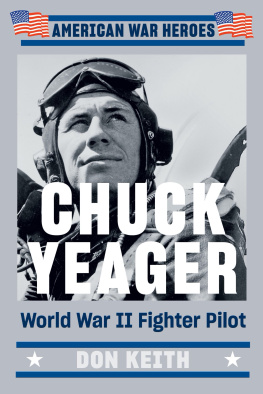






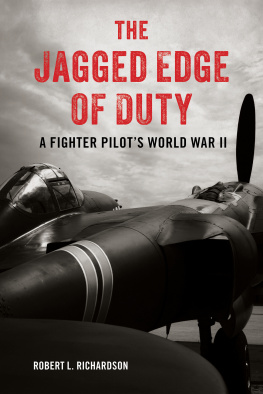
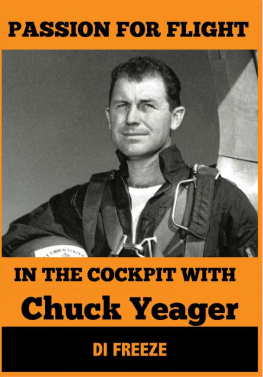

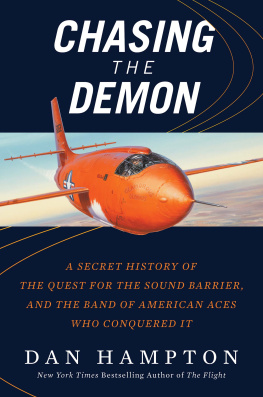
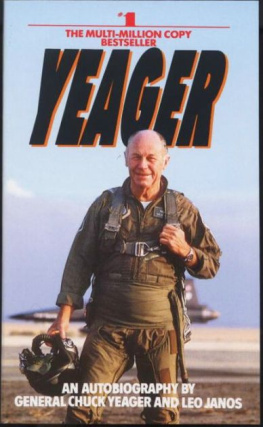



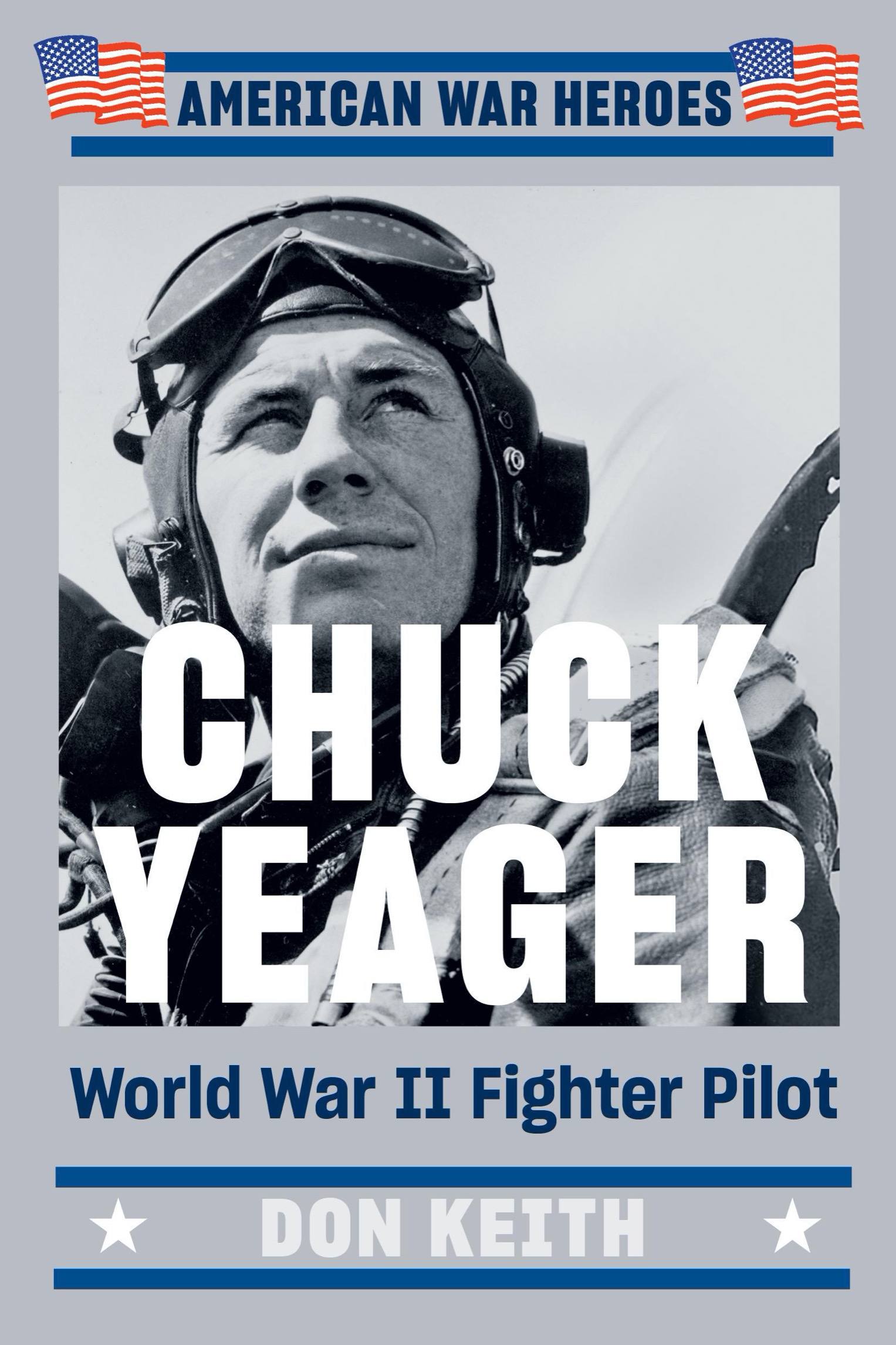
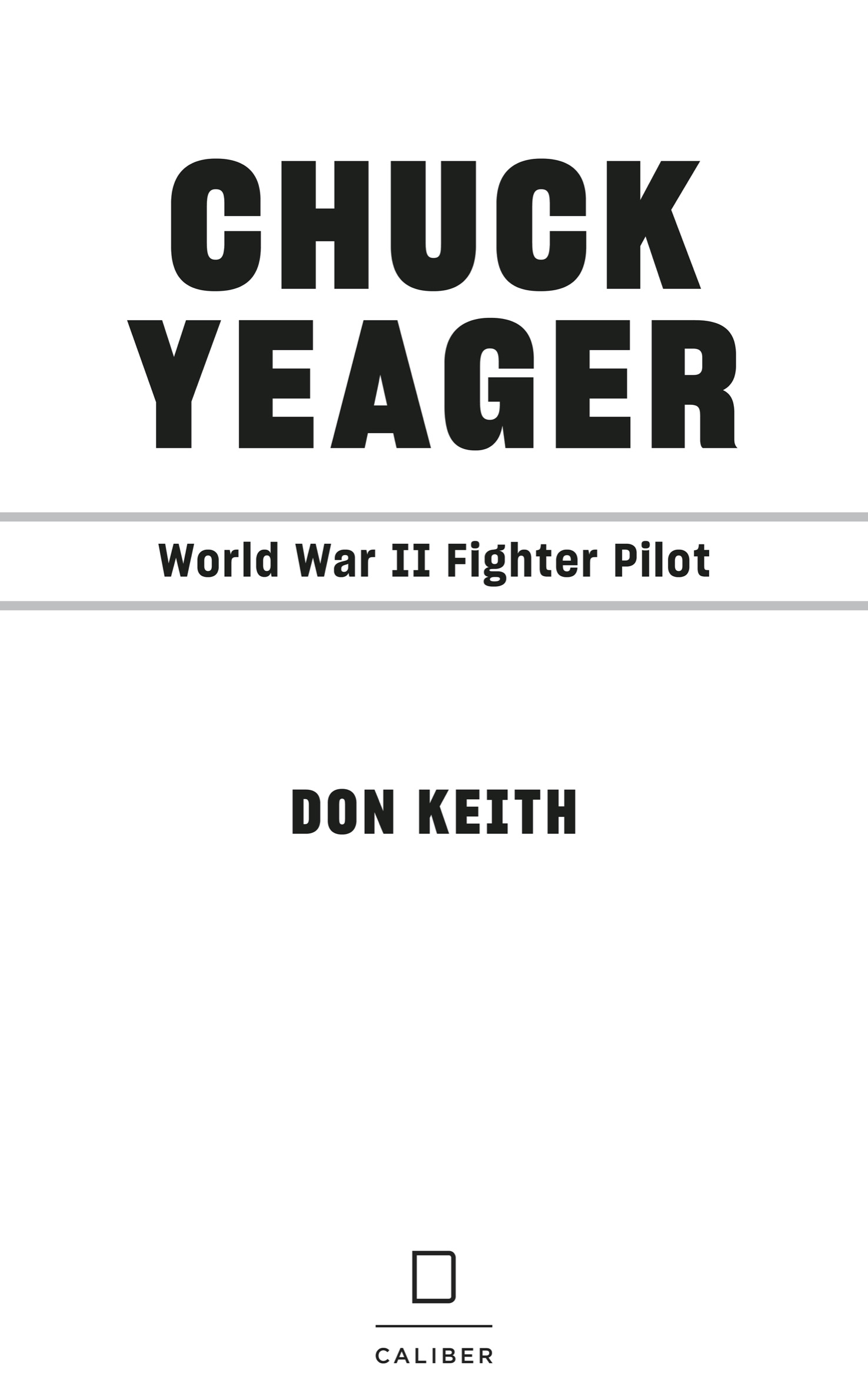


 CONTENTS
CONTENTS